
Paper used to be the blood of the NHS — without it, it would’ve struggled to survive. But as we become more intrinsically linked with the digital world, healthcare Trusts are ready to make the leap to paperless. That’s where we come in.
Some have a clear vision of their digital transformation roadmap, but others are unclear on the specifics. Our job is to explore the questions you need answers to, and this starts during the demo phase. We’ll always ask you to share five key outcomes you’re looking to achieve so we can tailor our approach, but what questions should you be asking us?
What are the key features?
Technology demos can be daunting when you don’t know where to start. Therefore, it’s a good idea to begin by asking the team to take you through the key features of the solution. This allows you to gain a basic understanding of the different modules, functionality, and workflows, which will no doubt raise other questions to help you get a well-rounded view of the product.
How does this save my clinicians’ time?
This is one of the main benefits of an effective EDMS solution. But don’t just take our word for it. Ask for evidence and statistics of time-saving in hospitals that are taking advantage of this already, whilst watching how quick and easy it is to access key patient information in seconds.
How does this improve our ability to share information from peer-to-peer, department-to-department, or from one hospital to another?
In healthcare, so much time is wasted by the siloed nature of physical records and the inability to share information rapidly. Not to mention the cost of shipping documents to other hospitals or regions. But EDMS allows clinicians to easily access and share records across the Trust – and anyone who needs it – for connected integrated care.
How does it help us find information quickly? What’s the functionality of this?
It can sometimes seem like you’re trying to find a needle in a haystack when faced with endless paper records and a mix of digital-born documents. But an EDMS acts as one central place for all of your patient information, with the ability to access it anywhere, at any time, from any device, in single clicks.
How can a member of staff set up their own filters or customisation options?
Not all EDMS implementations are the same. Different hospitals like to work in different ways so it’s important that you find out how to make the system work exactly how you need it to. Personalisation for staff members is encouraged to ensure you get the most out of the technology to increase clinician adoption.
Is it easy to use?
Just like no one ever teaches you how to use Amazon — the user-friendly interface makes it easy to pick up and go — this should be the same for EDMS.
Ease of use is crucial for healthcare practitioners who have limited time to learn a whole new system. That’s why we’ve designed MediViewer with the user in mind – made for the NHS, by a team that has worked in the NHS.
How much money can we save by implementing the system?
From transporting records and expensive paper libraries to restoring damaged files and supplying endless resources, paper is a money pit.
With an EDMS, you can free up valuable real estate and achieve multiple cost savings, whilst also lowering your carbon footprint.
How does an EDMS handle record retention?
Data management regulations mean that you must be clear on your retention policy. This sets the time that information and records must be managed and retained in the system. During the demo, you should find out how simple of a process this is and how it aligns with your policies.
How do you guarantee the adoption rate is high?
There’s always a risk that technology is delivered but not adopted, meaning you could be losing out on the cost-benefit. An effective EDMS solution needs to work for those using it day in and day out. Therefore, during the demo phase, make sure you involve key users from the beginning who can advise on personalisation.
How does it improve Subject Access Requests (SARs)?
Since GDPR came into effect, this service has to be delivered for free and many people now ask for their health records. Previously, this would have taken a long time as clinicians had to send a physical copy via the post. But now, MediViewer has a SARs module which allows practitioners to redact and export it to share via email. If the EDMS you’re looking at doesn’t currently offer this, get in touch with our team toda
Related posts

guide
The Challenge of Managing Access Requests in NHS Trusts
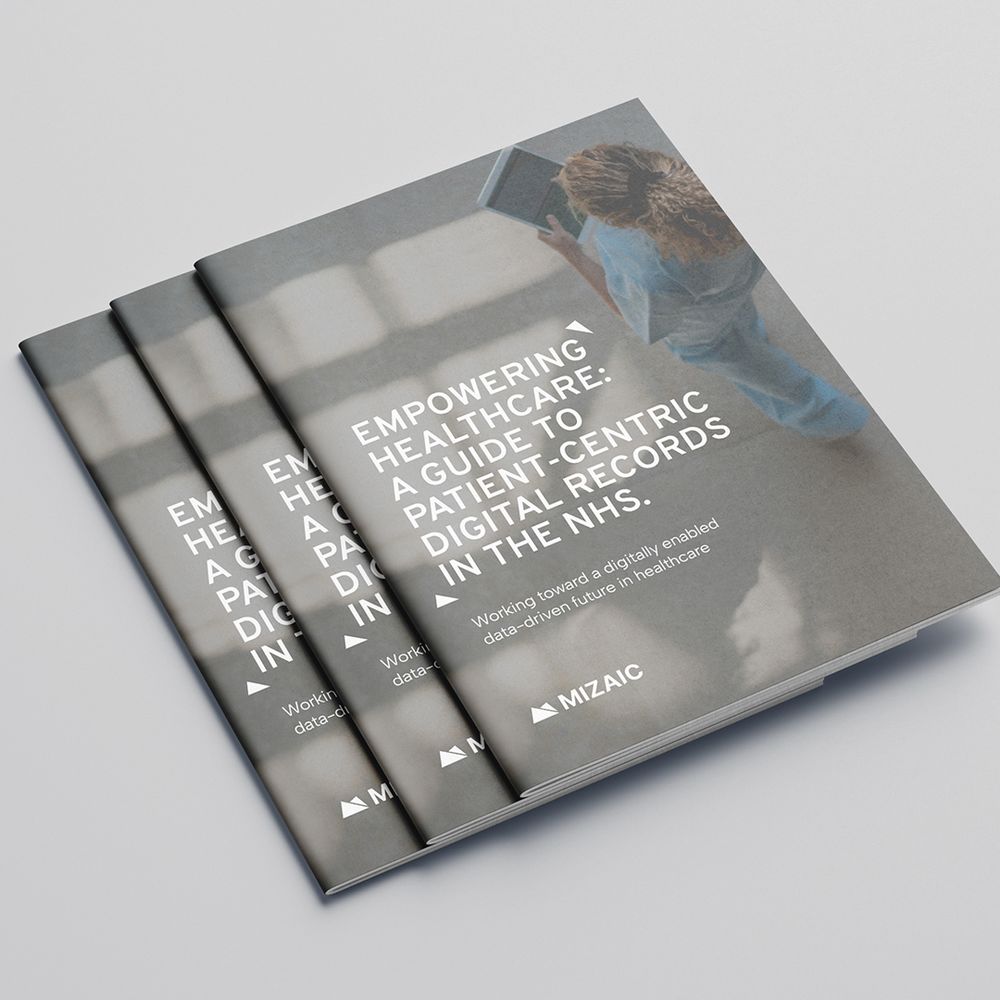
guide
Empowering healthcare: A guide to patient-centric digital records in the NHS
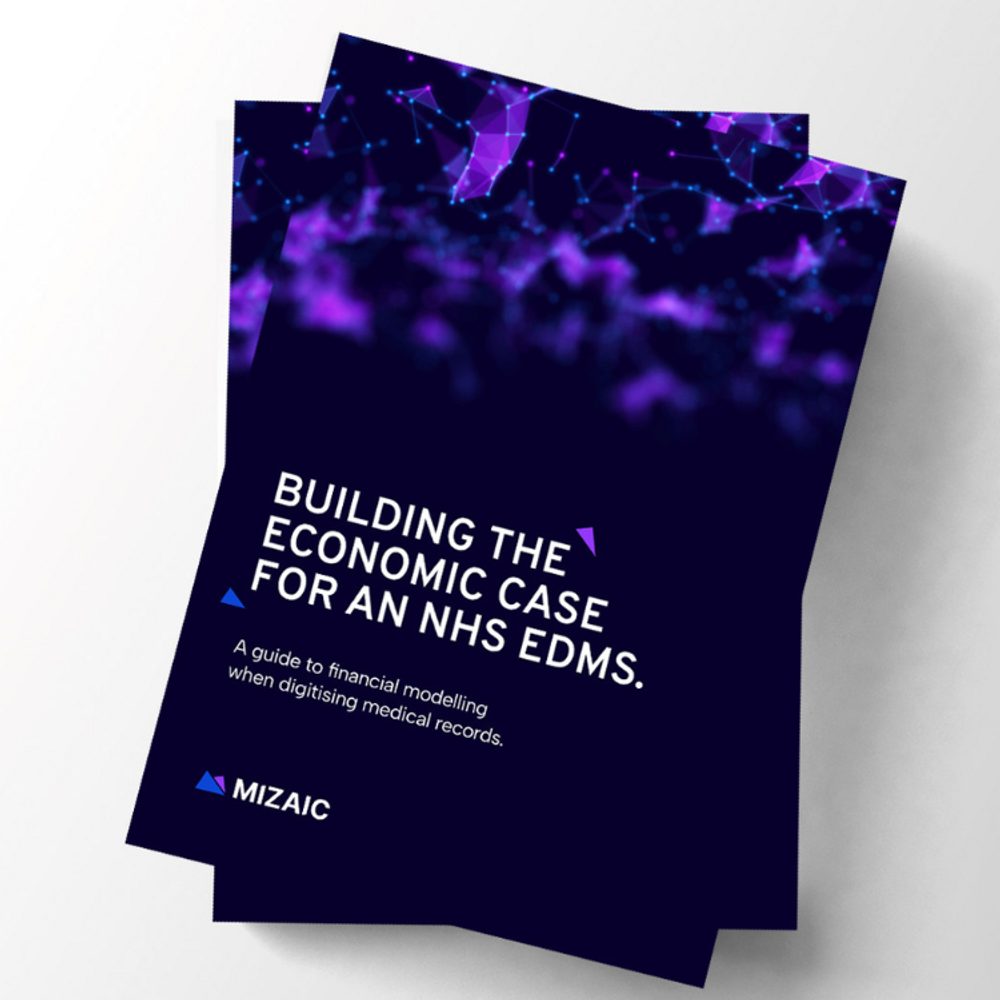
guide
Building the economic case for an NHS EDMS guide
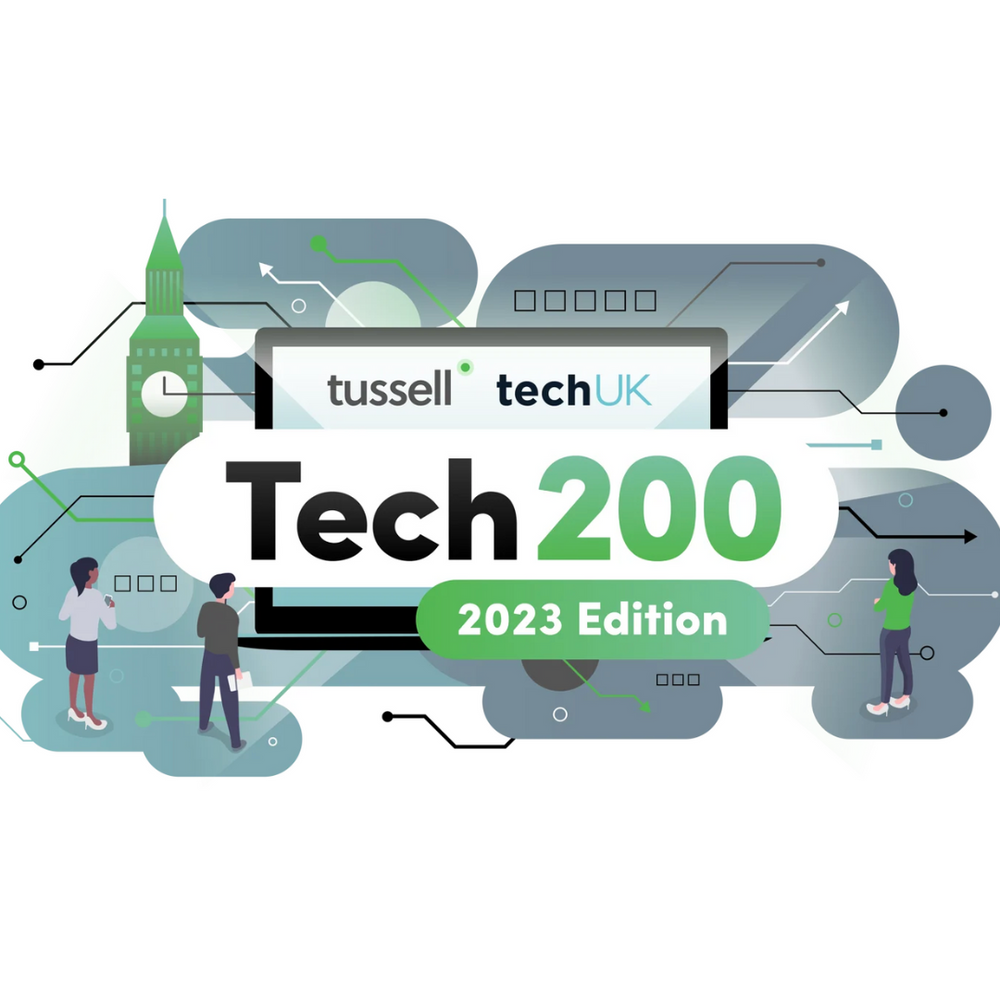
news
We’ve won 17th place in the Tech200 Awards!
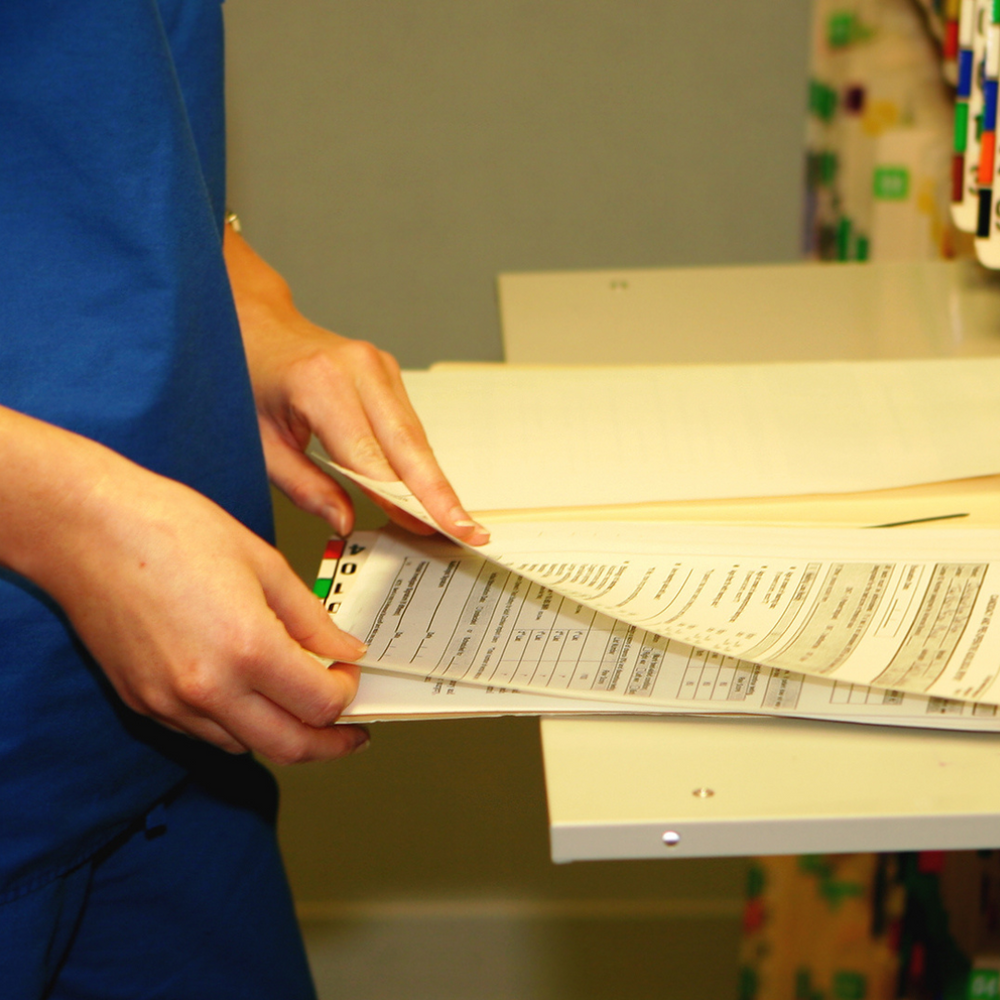
case study
Helping Northumbria Healthcare NHS Foundation Trust digitise 1m+ patient records

case study
Barnsley Hospital achieves digital excellence with partners Mizaic, System C and Iron Mountain
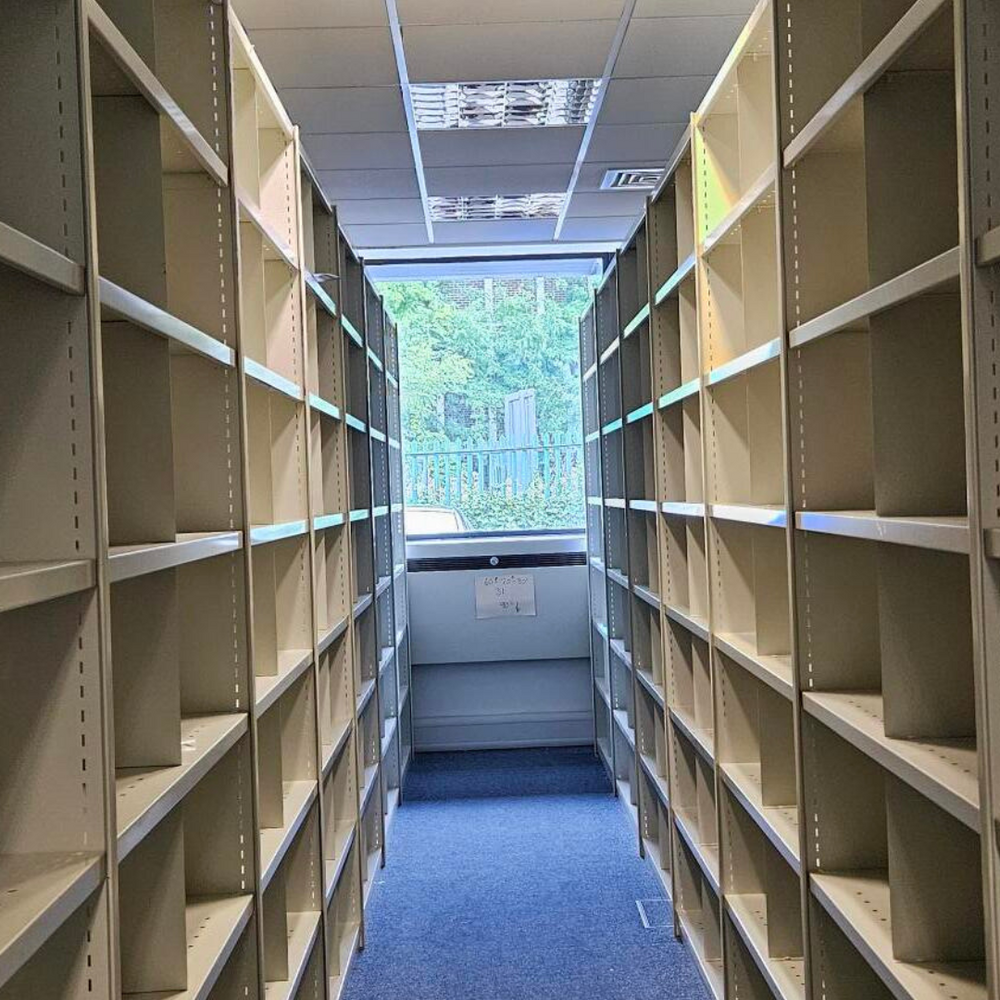
case study
Hillingdon Hospitals NHS Foundation Trust transforms healthcare infrastructure

case study
Helping Northampton General Hospital NHS Trust digitise 200,000+ medical records

case study
London North West University Healthcare NHS Trust celebrates 170,000+ digitsed records

